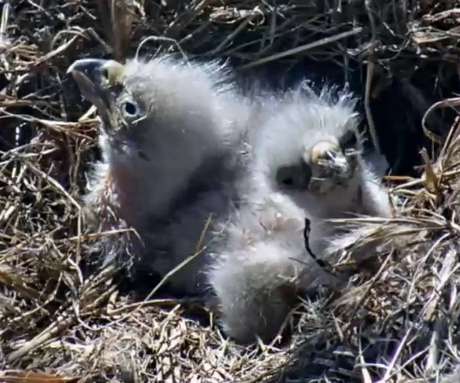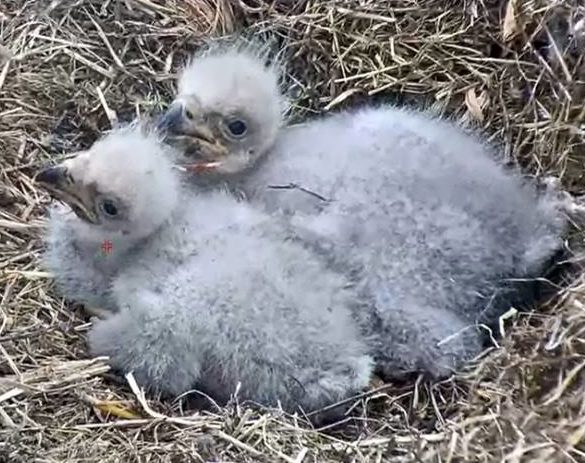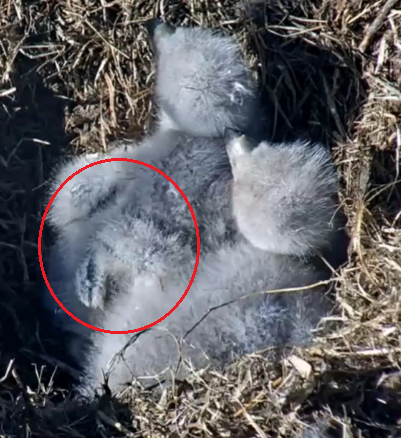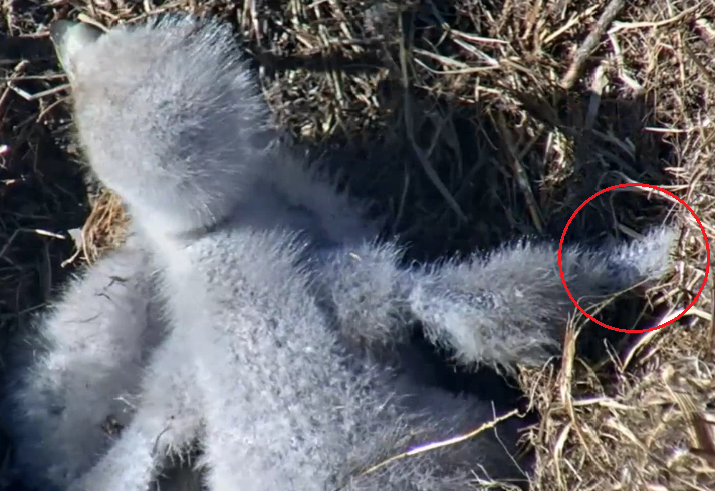WILD BALD EAGLES, 2006-2020
© elfruler 2020
The video cameras that have been trained on Bald Eagles’ nests since 2006 have provided a treasure trove of information about the breeding behavior of these apex raptors. In the universe of the more than 100,000 active Bald Eagle nests in North America, the data that these particular nests yield is minuscule. A few published scholarly reports on Bald Eagle nesting success focus mainly on a circumscribed area (e.g. Florida) for 1 or a few breeding seasons. The data here from the nests on cam span 15 years of breeding from 2006-2020 across a wide geographical expanse throughout the continent, and they represent the full range of climates and habits in which Bald Eagles reproduce. (Nests included in the data are listed here.)
Over the period, adult pairs at these nests made 401 breeding efforts at 85 locations, producing 910 eggs, 721 hatchlings, and at least 588 fledglings. These numbers might be considered a fair sampling of breeding data for the species.
The pages and tables that follow break down the data collected via these cameras on multiple levels. The raw numbers of eggs laid, nestlings hatched, and juveniles fledged, from nest to nest and year to year, yield statistics and percentages that give an overall view of breeding success over the 15 years. Burrowing more deeply into these numbers reveals how many clutches are successful over time, and which clutches of a particular size (1 egg, 2 eggs, etc.) are more successful than others. The numbers open a window into losses of eggs and eaglets, and what we can learn about reasons for those losses. And the numbers help flesh out some perceptions of behaviors of nesting Bald Eagles, such as coping with bad weather, predators, and intraspecific intruders (by other Bald Eagles), and replacing a lost clutch.
The data reinforce some facts that are already known: Bald Eagles typically lay clutches of 2 eggs, with clutches of 3 eggs less common, clutches of 1 egg unusual, and clutches of 4 eggs quite rare. A fair number of eggs do not hatch, but a healthy majority end in successful fledges.
Other details to emerge from these analyses are perhaps more surprising: While overall averages seem consistent with what is generally believed, there is often a wide range of values across seasons and from nest to nest. In some years the number of eggs lost far exceeds the average, while in other years few eggs remain unhatched. Similarly, the number of nestlings that die before fledging covers a wide range among the years. Three-egg nests produce a higher percentage of fledges than either 2-egg nests or 1-egg nests; the latter are least successful in producing fledges.
These pages represent a complete revision of data that I published here in 2018, which consisted of a single page and 1 spreadsheet. For this new report I have pared down the nests to include only those with the most reliable observations, mainly the ones with streaming video cams, plus a small number of nests with reliable ground observers. I have also expanded the detail and breadth of information and analysis, resulting in 8 spreadsheets, and I have provided a narrative discussing each one. I have also compiled a lengthy list of References to literature on breeding, eggs, incubation, and survival.
These tables and narratives are presented in sequence in the pages that follow:
Additional new pages also make use of the nest data:
Full references for citations in the following pages are given here:
I began collecting data when I started watching web cams in 2009. Thanks to the Hancock Wildlife Foundation, the Institute for Wildlife Studies, spreadsheets compiled by Judy Barrows, nest cam websites and Facebook pages, and numerous individuals with whom I have communicated, I have been able to stretch the data back to 2006 when streaming cams first began operating. These sources also have been invaluable in filling in gaps in my own observations. I owe all of them a great debt of thanks.











































































































You must be logged in to post a comment.